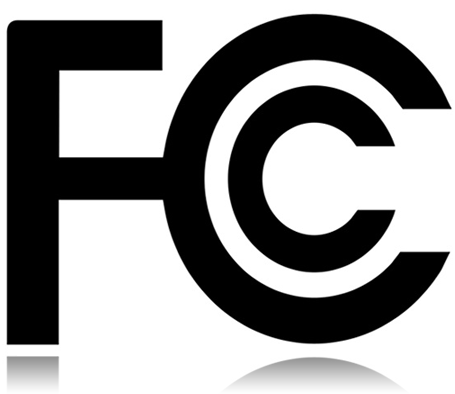The FCC distributed $100 million to health systems in order to improve telehealth infrastructure
The Federal Communications Commission (FCC) allocated nearly $105 million in funding to over 300 healthcare providers to boost telehealth infrastructure as coronavirus outbreaks continue, per Fierce Healthcare. The CARES Act reserved $200 million for telehealth funding in March — and the FCC’s latest distribution of funds doles out aid to larger health systems, including $1 million to NYC Health + Hospitals and nearly $870,000 to Providence St. Joseph Health Consortium in Washington, for example.
We think that in order for telehealth to take off in underserved areas, more funding will need to be allocated to smaller, rural hospitals — rather than larger, well-funded health systems — to build up their telehealth platforms. For context, at least 130 US rural hospitals have already shut down since 2010, per JAMA — and the financial strain brought upon by the pandemic is likely heightening the risk of rural hospital closures.
Telehealth can help offset some financial strain rural providers may be facing due to a lack of in-office care by enabling them to hook in business virtually. But rural areas face challenges like poor broadband internet service and limited access to tech at home that have limited the reach and impact of virtual care in these regions. In contrast, larger health systems likely have more capital to enhance their virtual care efforts, and some — like Providence St. Joseph Health — already have the tech infrastructure in place to support telehealth via tie-ups with tech giants like Microsoft.
We think that if more funding from federal programs like the CARES Act were to focus on smaller hospitals — rather than massive health systems already equipped with the necessary tech in place — struggling rural hospitals would be able to knock down barriers to telehealth, like poor bandwidth, and pivot toward sustained virtual care.
As virtual care flourishes for larger telehealth vendors and health systems, we expect telehealth adoption to remain high post-pandemic — and we think its ability to offer better doc-patient engagement will be a driving factor in sustaining uptake. Telehealth use continues to skyrocket amid the pandemic, and we don’t expect adoption rates to fall back down to pre-coronavirus levels once outbreaks subside.
We think this will be driven in part by the fact that patients will get accustomed to the convenience telehealth affords, and they won’t want to trade that in post-pandemic. What’s more, researchers from Mayo Clinic Proceedings have found that patients using Doctor on Demand’s telehealth platform often report more rewarding interpersonal experiences — with 30% of patients noting that the virtual visit “built rapport” with their clinician.
This means virtual care could be hitting on a major pain point with in-person care, considering patients often note that they feel as if their clinicians don’t spend as much time with them in-office visit, but feel positively about a virtual visit — despite the fact that virtual visits are usually shorter than in-office visits. So, not only does telehealth offer greater convenience in many settings, but it could also give providers an avenue to ensure higher patient satisfaction scores — and we think these two factors combined will help sustain telehealth adoption among both providers and consumers in the long term.

